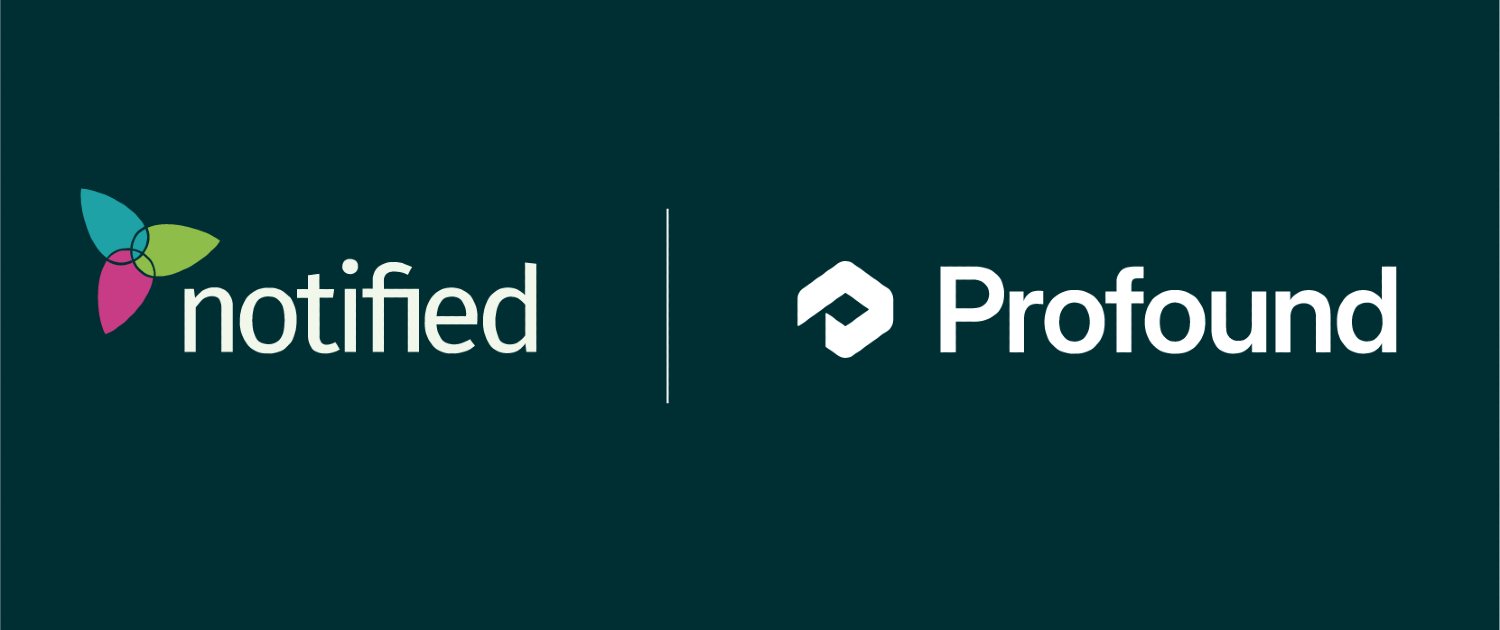At our recent Meet the Media event at Nasdaq MarketSite®, we brought together top journalists and communications experts to share what it takes to get noticed – and stay relevant.
Led by Kelly Byrd Marín, Senior Director of Marketing at Notified, our panel featured:
- Kristina Ayanian - Executive Producer & Host of “Live from MarketSite” at Nasdaq
If you’re trying to get your brand noticed by reporters, investors or customers – these are eight strategies the experts recommend.
8 PR Strategies for High-Growth Brands
1. How Do You Tell a Brand Story That Goes Beyond the Product?
It’s tempting to lean on your product when talking to the media. But the panelists were clear: a great product isn’t enough.
What really resonates is the full picture – the people behind the product, the mission that drives you, the numbers that show real momentum.
Reporters are drawn to human stories, not just feature lists. Think about what makes your team different. How did the idea come to life? What problem are you solving that no one else is?
Start with the “why,” and your pitch will already stand out.
2. How Do You Pitch the Right Story to the Right Media Outlet?
One of the most common missteps? Pitches that feel copy-pasted.
Before you reach out to a journalist, take the time to learn what they actually cover. Are they focused on big funding news, profiles or early-stage startups? Do they publish long-form stories or short scoops?
You’re much more likely to land coverage when your pitch clearly fits the kind of content that the outlet publishes. If you’ve never seen your kind of story on their site, that’s a sign to rework your angle or pitch it elsewhere.
3. Pitching AI Stories? Focus on Real Use Cases, Not Buzzwords
These days, it feels like every company is “using AI.” But the panelists were quick to point out: Don’t just say you “use AI” – explain how.
With so many brands now claiming to be “AI-powered,” reporters want clarity and specifics.
Ask yourself:
- Is AI part of your product or internal operations?
- Does it make something faster, cheaper or better?
- Can you prove its impact?
Whether you’re automating workflows or using AI to help engineers, real examples go much further than buzzwords.
Learn how 6 Degrees achieved
greater ROI using this PR strategy.
4. How Do You Create Journalist-Friendly Press Releases
Here’s something all of the journalists agreed on: they don’t read long press releases. At least, not in full.
So, what do journalists actually want in a press release? Here’s what works best:
- A short, informative headline
- Bullet points with key facts and figures
- Lead with customer benefits
- Clear contact information
- One or two supporting quotes, if relevant
If journalists must read multiple paragraphs just to figure out your announcement, you’ve lost them.
5. How Can Employee Social Posts Boost Brand Visibility?
Journalists often find story leads from social media - especially LinkedIn and X.
That means your employees, founders and execs can play a big role in visibility. Encourage them to post about the work they’re doing. Give them simple messaging guidelines. And show up consistently online with content that reflects your values and voice.
When your brand name keeps popping up, it’s more likely to stick.
6. How to Use Emerging Channels to Reach Niche Audiences
Should you focus only on major media outlets? No - alternative channels matter more than ever.
This includes:
- LinkedIn thought leadership
These may not be traditional media, but they’re where many targeted audiences are actually paying attention.
If you're a mission-driven brand or you're reaching a niche group, these smaller channels might give you deeper engagement than a big headline. Plus, they give you more time and space to tell your story your way.
7. When is the Best Time to Launch or Pitch a Story?
One of the most helpful reminders from the event? There’s no such thing as a perfect launch date.
You can plan it down to the minute, but breaking news or market shifts might derail it. Instead of chasing perfect timing, focus on:
- Telling a strong, relevant story
- Building relationships that help your story get told later – not just now
Sometimes, the best opportunities come weeks or even months after your announcement – and that’s okay.
8. How to Define Your Brand's Narrative - and Use Every Touchpoint to Reinforce It
This was perhaps the most powerful question raised: What do you want your company to be known for – and how are you reinforcing that message over time?
It’s easy to get caught up in day-to-day updates. A funding round. A product launch. A hire. But if every story feels disconnected, your brand becomes forgettable. Use every press release, every podcast and every pitch to support a clear, long-term narrative.
When people know who you are and what you stand for, that’s when brand loyalty kicks in.
Why is the Best PR Built on Relationships?
Our panelists made one thing clear: great media coverage starts with trust.
Get to know the journalists you want to work with – not just when you need something, but before. Share helpful context. Follow their work. Pitch thoughtfully. Be available.
Because when you build real relationships, the rest becomes a lot easier – and a lot more effective. If you want more coverage, be helpful before you’re promotional – and be human about it.
Ready to Reach the Right Audiences with Your Story?
A great story isn’t enough – it also has to reach the right audience.
That’s where we can help. We equip you with the PR platform you need to break through the noise – our enhanced media contacts database that connects with GlobeNewswire press release distribution.
That means you can pitch and send press releases all from one place, with a single login. Simple, efficient and built for today’s modern public relations needs.
Request a demo today to see our platform in action!








